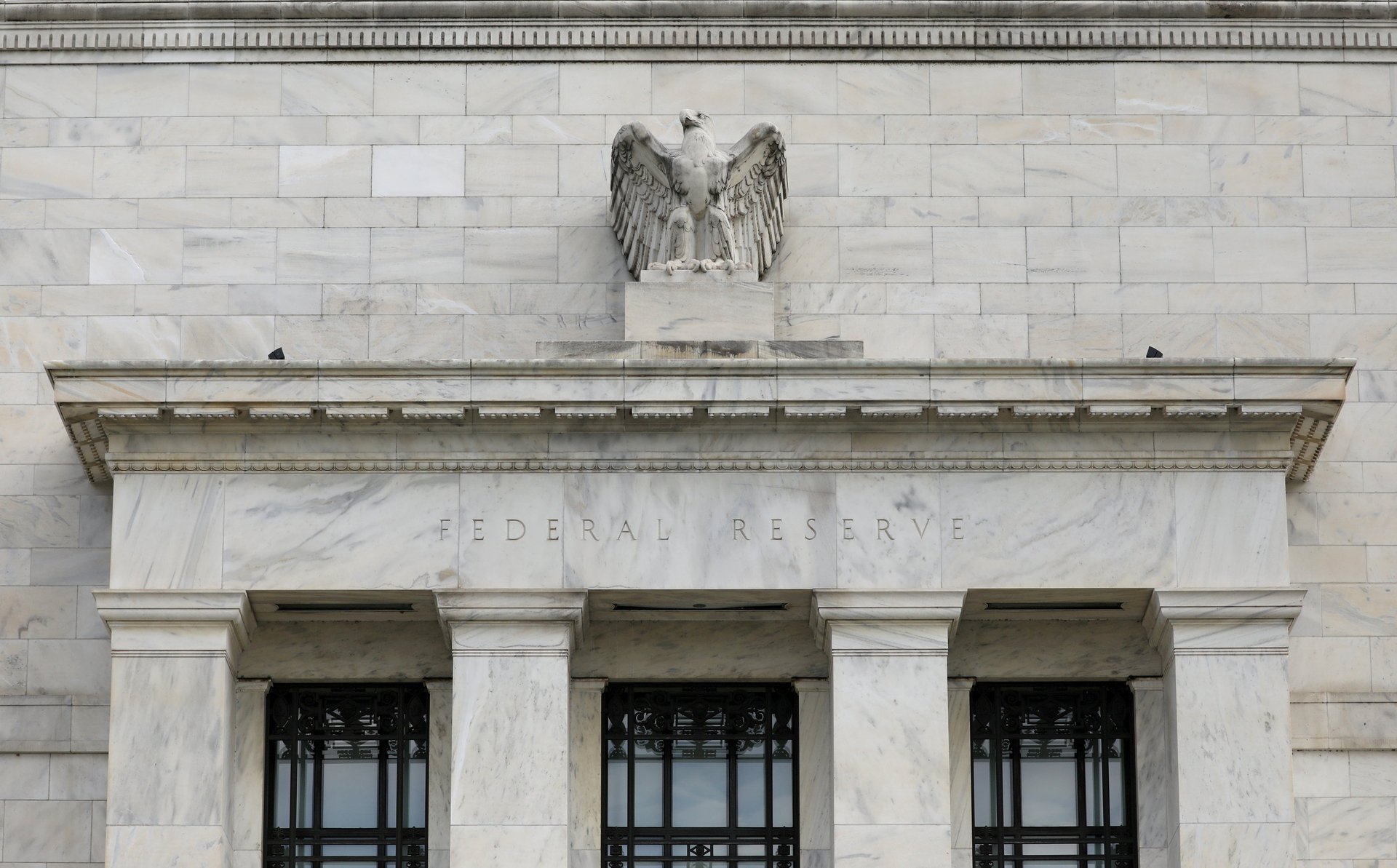The Fed wants no part of a national cryptocurrency
Christine Lagarde, director of the International Monetary Fund, made the case for central bank digital currencies (CBDCs) at the Singapore Fintech Festival in November. CBDCs, she suggested, could enhance financial inclusion, security, and privacy. Lagarde also touched upon cryptocurrencies, explaining that bitcoin and its cousins are “vying for a spot in the cashless world.”


Christine Lagarde, director of the International Monetary Fund, made the case for central bank digital currencies (CBDCs) at the Singapore Fintech Festival in November. CBDCs, she suggested, could enhance financial inclusion, security, and privacy. Lagarde also touched upon cryptocurrencies, explaining that bitcoin and its cousins are “vying for a spot in the cashless world.”
This apparent endorsement invigorated bitcoin enthusiasts, who often claim that crypto can be used to achieve many, if not all, of the goals that Lagarde laid out. Numerous projects, like Ripple, have sprung up to reduce the cost of international remittances. And others, like Zcash and Monero, have emerged to protect the identities of their users.
When bitcoin’s price exploded last year, it seemed like blockchain-based assets were destined to be the future of money—and national cryptocurrencies were just around the corner. The technology pioneered by bitcoin even captured the imagination of high-ranking officials, like Kevin Warsh, a former governor at the US Federal Reserve who was among the candidates to become Fed chairman. In May, Warsh told the New York Times that if he were picked, he would have allocated resources to explore “Fedcoin,” a theoretical, blockchain-based national currency. In addition to potentially improving the transparency and efficiency of its paper predecessor, it seemed like a national crypto could give the Fed access to unconventional tools, like negative interest rates.
But, over the last two years, as bitcoin received mainstream attention and investment, Fed researchers have been unconvinced by the arguments for a national cryptocurrency.
In February, Aleksander Berentsen and Fabian Schar, researchers at the St. Louis Fed, wrote that a central bank “could easily” create its own crypto. “However, the key characteristics of cryptocurrencies are a red flag for central banks,” they warned.
For law enforcement purposes, monitoring who’s using a currency is imperative, so creating a national crypto without strict identification requirements could invite abuse by criminals and other fraudsters, they explained. And it would be hypocritical to require that oversight from commercial or retail banks if the central bank didn’t practice it in the first place.
More to the point, they noted, a central bank cryptocurrency isn’t really a crypto-currency at all. If it’s not run on a “permissionless” network—with nodes free to join or leave as they wish—then effectively, it’s just centrally-managed electronic money, with an inconvenient blockchain component. “Once we remove the decentralized nature of a cryptocurrency, not much is left of it.”
Berensten and Schar observed that such centralized electronic money doesn’t even require a blockchain. In fact, “the technology for issuing virtual money in a centralized way existed long before the invention of the blockchain.” They concluded, “cryptocurrency is still a very young technology and there are large operational risks. Overall, we believe that the call for a ‘Fedcoin’ or any other central bank cryptocurrency is somewhat naïve.”
The thing is, Fed officials don’t seem keen on a CBDC in any form—crypto or otherwise.
In fact, in May, Lael Brainard, a Federal Reserve Board governor, delivered a powerful rebuke of CBDCs at the Decoding Digital Currency Conference in San Francisco. While she seemed impressed by cryptocurrency’s core innovation— blockchain—she noted that price volatility limits crypto’s usefulness as a store of value and unit of account, and she expressed concerns about their vulnerability to hacks and money-laundering.
In her remarks, Brainard raised concerns about international cyberattacks, identity (like Berentsen and Schar before her), and how a national digital currency would affect retail banks, which make loans to the public. Also, she noted that in the US today, we already have electronic money, which is reasonably fast and generally reliable.
So, while the Fed could make the US dollar into a cryptocurrency, there just isn’t a good reason to do it. And, it’s not clear whether the Fed should even digitize the dollar. While increasingly electronic money may yet offer advantages for financial management and inclusion, for now, it’s clear that to the Fed, a national “cryptocurrency” doesn’t make much sense.